A visit to the North Carolina Zoo in Asheboro normally involves a trip to the aviary and checking out the elephants, bears, and giraffes. But while families walked through the zoo Saturday, another 2,100 visitors drove through to get their second coronavirus vaccine shots.
That’s another 2,100 people North Carolina public health officials can add to their tally of fully vaccinated people in Randolph County, a largely rural area in the center of the state.
Randolph County Public Health Director Susan Hayes says the mass vaccination event was a coordinated effort between the county, Randolph County Hospital, the zoo, and others in the community.
“It was a big effort,” Hayes says. ”It was the culmination of just everyone coming together to support our community.”
The people who got their second doses Saturday all got their first shots over two days in January, she says. Saturday, people drove through to an open parking lot at the zoo and got a shot from a nurse.
Then they pulled into a parking spot to wait the 15 to 30 minutes when potential side effects could emerge. Randolph County EMS monitored the people waiting in their cars after the shot, Hayes says.
Some people will get a sore arm or feel tired for a couple days after getting the vaccine. Severe side effects are very rare, according to the Centers for Disease Control and Prevention.
In Asheboro and around North Carolina, public health officials and hospitals are marshaling all the resources they can in what’s become the biggest vaccination campaign in United States history.
“Rain, snow, sleet, or shine, our nurses are out there,” Hayes says.
Getting COVID-19 vaccines out to rural, underserved and minority communities across North Carolina has been part of the state Department of Health and Human Services vaccine strategy from the beginning.
Vidant Health is working with Pitt County, along with community and faith-based organizations to get everyone they can to the Greenville Convention Center to get vaccinated. They’re vaccinating about 1,500 people a day, and about 30% of those people are African American, says DHHS Secretary Dr. Mandy Cohen.
In Raleigh, WakeMed and Wake County partnered with churches and community centers. “With about 150 volunteers, they vaccinated almost 1,800 people, of whom, 91% identified as Black or African American,” Cohen says.
“We are embedding equity into all aspects of our vaccine plan and holding ourselves and vaccine providers accountable for ensuring that underserved and marginalized communities have access to vaccines,” Cohen says.
In Randolph County, in addition to mass vaccination events, the county is setting aside doses for minority communities, Hayes says.
She says the state vaccine distribution plan is working well so far. “The problem is the limit in the supply,” she says.
Right now, North Carolina is getting about 150,000 first doses of the vaccines each week, according to Gov. Roy Cooper. He said the Biden administration plans to increase that weekly allotment by 5% starting next week.
North Carolina is still in Group 2 of its vaccination rollout plan, focused on people 65 and older. An announcement is expected this week on when the state could move to Group 3, which includes essentially frontline workers like teachers and police officers. It could take several more months before coronavirus vaccines are available for anyone who wants one.
State data shows the vaccination effort has picked up speed. Almost 1.3 million doses have been given out as of Tuesday and more than 300,000 people have gotten both shots of either the Pfizer or the Moderna vaccine.
Earlier in the vaccination campaign, North Carolina was lagging begind other states. But the vaccine rollout has improved.
"Distributing vaccine quickly and equitably remain our top priority in North Carolina. We continue running an efficient vaccine distribution and are getting all of North Carolina’s allocated first doses into arms each week before we receive the next shipment," Cooper says.
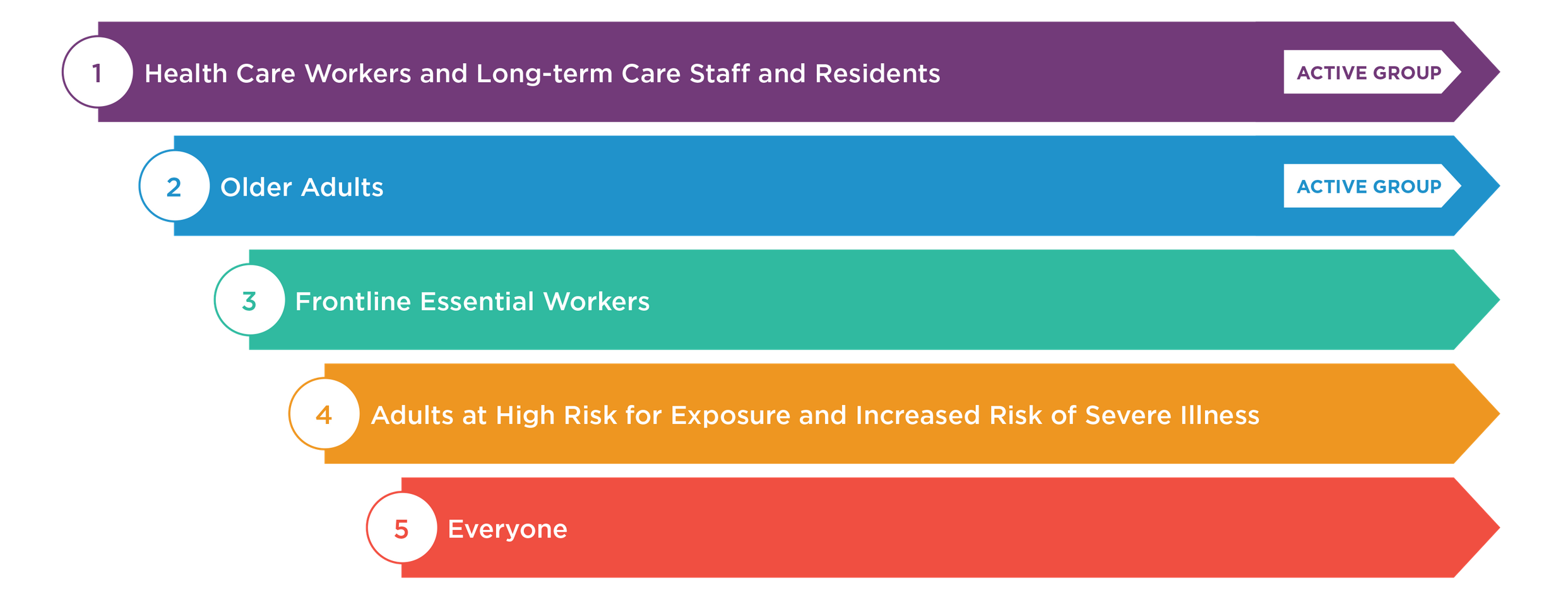
A new federal effort is sending vaccine doses to about 300 Walgreens stores across North Carolina, but so far the drug store chain only has a very small number of shots available. Those doses do not come from the state’s weekly allotment.
“We are planning for increased capacity in the future. We want to have more vaccine providers waiting in the wings,” Cohen says. “We are building that capacity as we wait for additional supply, whether it’s Moderna or Pfizer or a new third or even fourth vaccine that gets administered.”
North Carolina continues to get more doses of the vaccine each week. A third vaccine, from drugmaker Johnson & Johnson, is awaiting emergency approval from the Food and Drug Administration. The J&J vaccine isn’t as effective as the other vaccines, but it only requires one shot.
On Tuesday, Cooper signed a new executive order to put more resources into the vaccination campaign. The new order also allows more people to administer the vaccine, including dentists, medical students, retired doctors and nurses, and volunteers.
“I’m ordering state officials to marshal all state resources, including property, facilities and personnel, upon request by NCDHHS, to help with vaccination efforts as supply increases,” Cooper says.
As the state continues the coronavirus vaccine campaign, public health officials say they will be ready to ramp up operations to get more shots in more arms until everyone who wants a vaccine can get one.

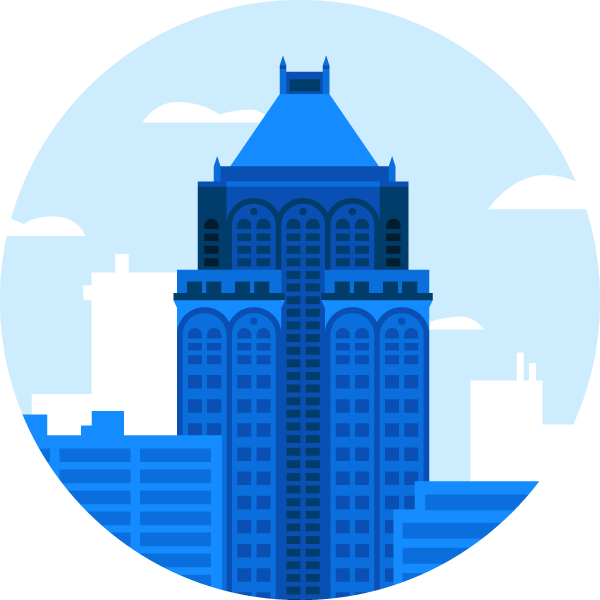



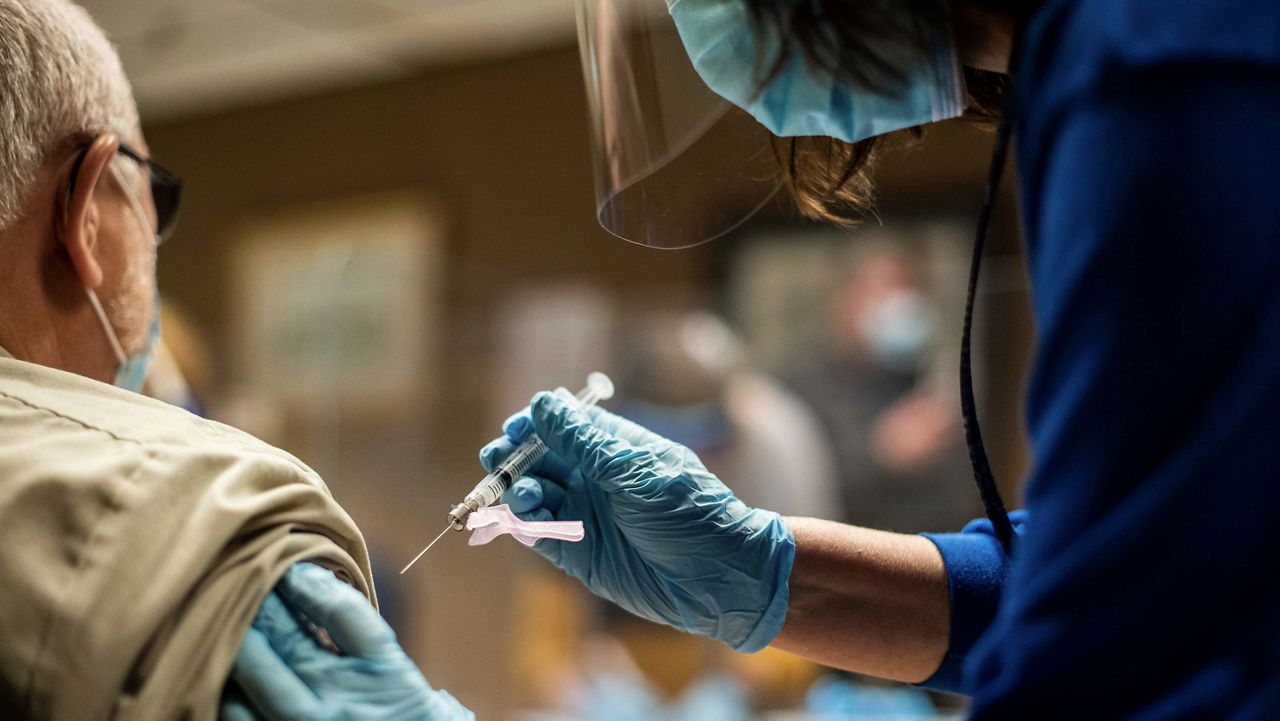
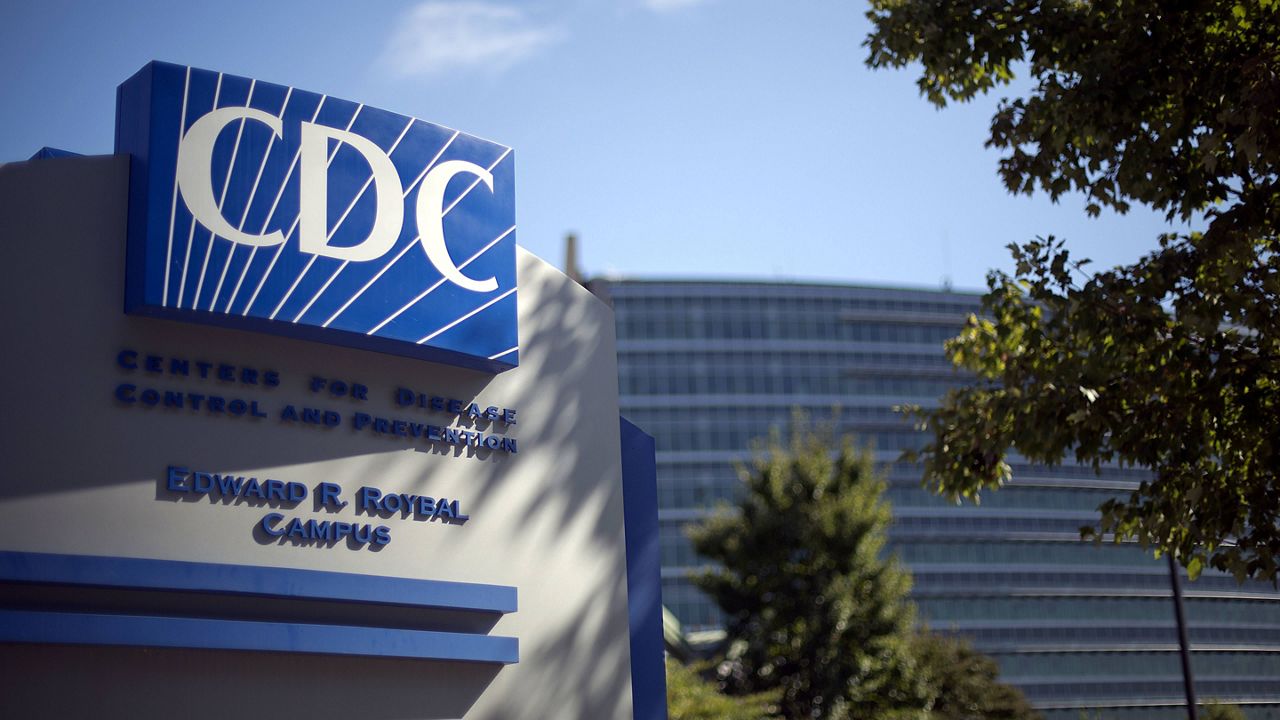
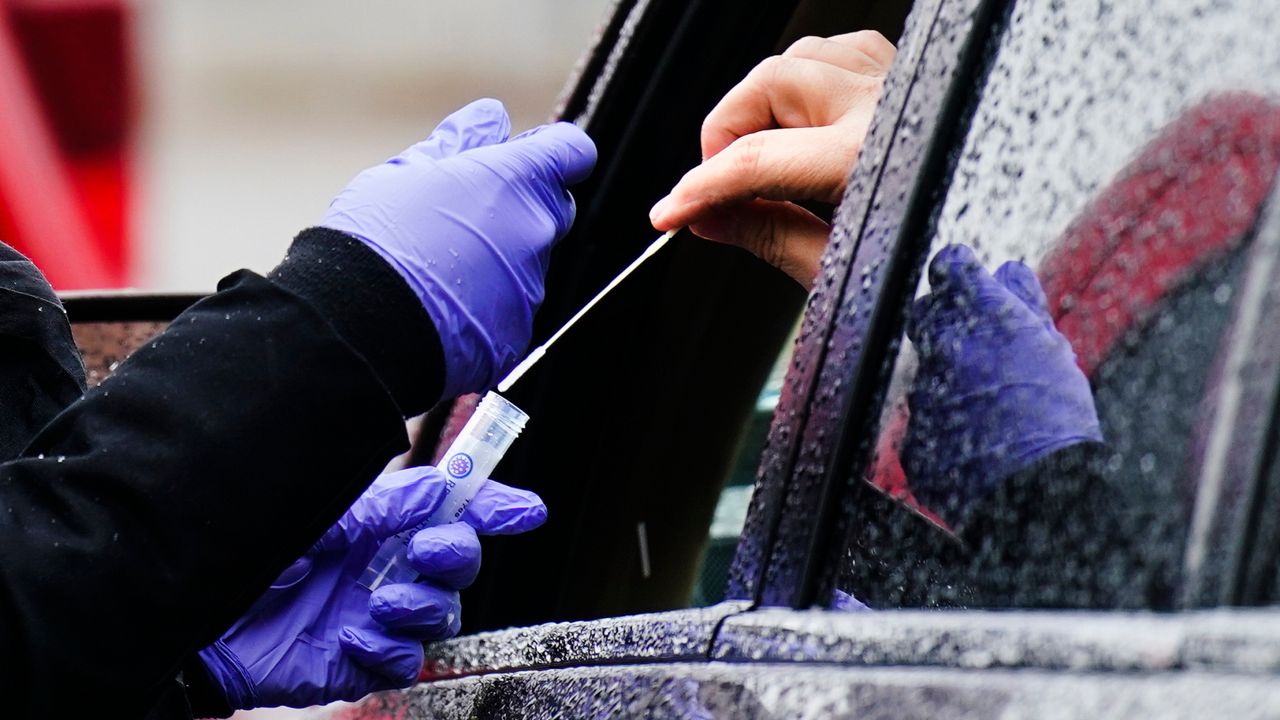

-4)